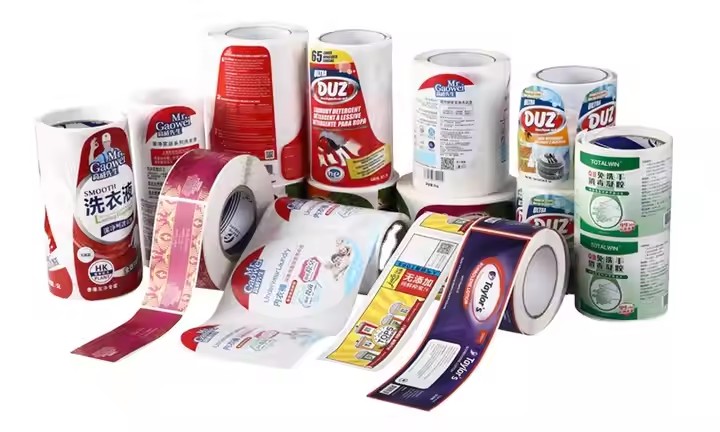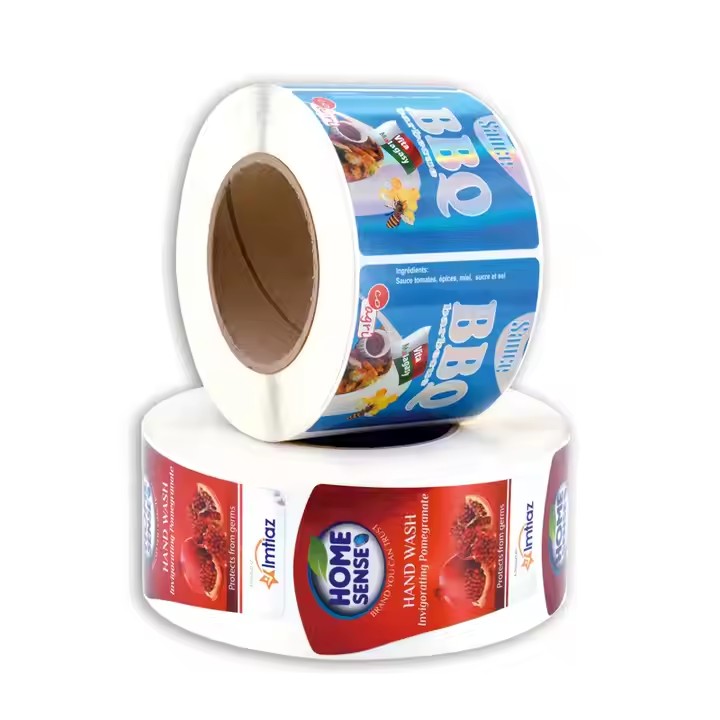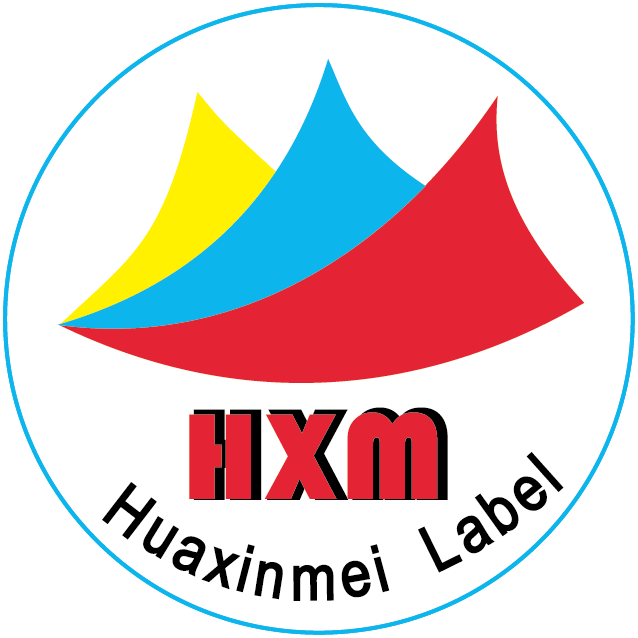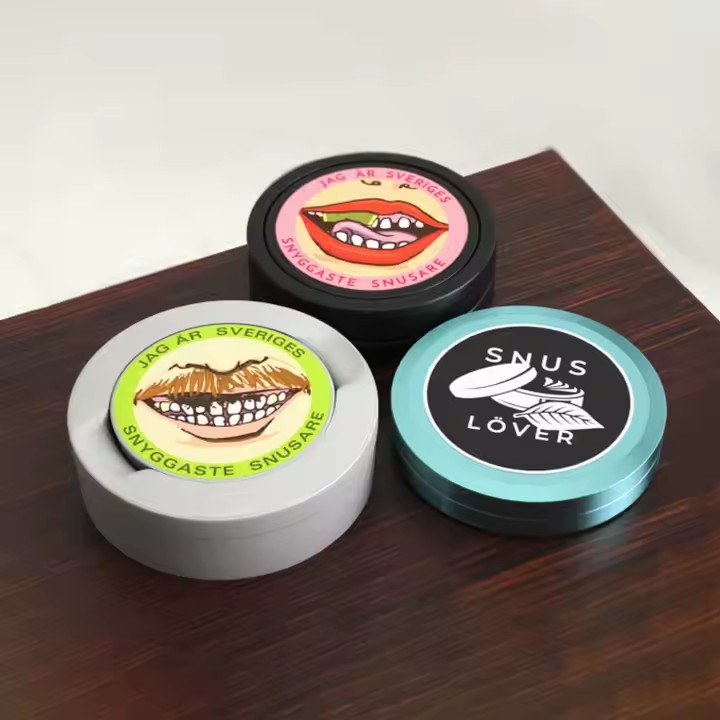- Use Symbols to Strengthen Visual Recognition
Symbols help people quickly understand what the label is for. A good high-temperature label should be easy to read and visually unique, so people can remember it.
Choose symbols that match the environment. For example, use flame-like patterns for furnace equipment, or flowing lines for chemical pipelines. These help people understand the label’s purpose at a glance.
You can also simplify and include your company’s logo in the label, making it part of your brand image.

Try creative text layouts, like curved or staircase-style text, instead of the usual straight lines. Use bold fonts for key info and thinner fonts for extra details to make the label more interesting.
Use dynamic symbols. With heat-sensitive materials, the color or shape of the label can change with temperature — like turning from blue to red as it gets hotter — creating a memorable effect.
- Use Colors That Create Emotion
Color catches attention and makes people feel something. Instead of using only cold colors like blue or gray (often used in industrial labels), try warmer and more emotional colors.
Use colors to show temperature — red, orange, and yellow are great for heat. You can also use gradients, starting with cool blue and turning into warm red to show temperature changes.
Use contrasting colors to make important parts stand out. For example, dark red background with bright yellow highlights.
Match colors to your brand. For high-tech tools, use deep blue with gold lines to show professionalism. For food-related equipment, warm oranges and soft gradients can make people feel safe.
Use culturally meaningful colors — like red or blue from Chinese tradition or classic Western art — to add style and emotional connection.
- Try Creative Shapes and 3D Designs
Most labels are flat and simple, but you can design labels with interesting shapes and layers to stand out.
Break away from rectangles or circles. For example, use a ring-shaped label for a pipe, or a fan shape for a round tank. These special shapes fit the equipment better and look more unique.
Use 3D effects. Folded or layered labels can show more information when opened. Some can feel bumpy or textured, which makes them more interesting to touch and look at.

Add features that change shape with heat, like labels that pop up or curl when the temperature rises. This creates a fun and eye-catching effect.
- Use Materials and Finishes That Stand Out
The material and surface of the label affect how it looks and feels. Choose materials that are both heat-resistant and visually appealing.
Try frosted films for a soft, matte look, or shiny metallic films with brushed or mirror finishes.
Use eco-friendly materials like biodegradable films to show care for the environment.
The right material choice can make your label feel special and support your product’s identity.


